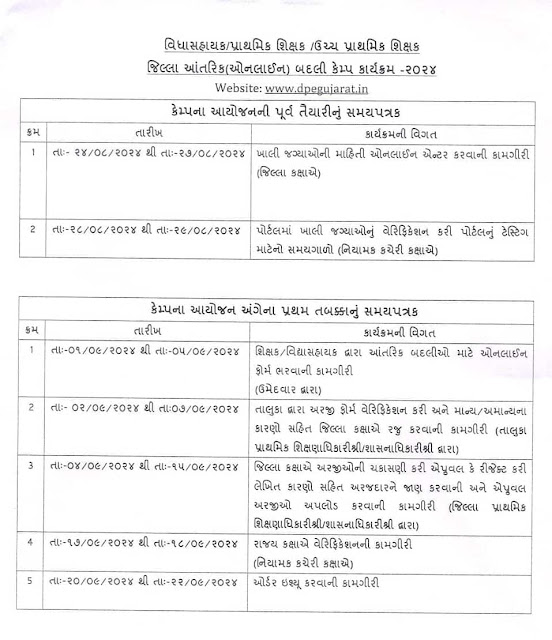Establishment of Gujarat State School Textbook Board On October 21, 1969, the Board has released its main target, publication of high quality textbooks and for the students of Gujarat, making it accessible by making it accessible at a reasonable cost.Gujarati medium textbooks from standard 1 to 12 are published from the board. Moreover, textbooks are also published in Hindi, English, Marathi, Sindhi, Urdu, Sanskrit and Tamil.Meeting CommitteesThe following committee is constituted to meet the specific objectives of the entire management of the Board.(1) General Meeting (2) Directorate Meeting (3) Executive Committee (4) Academic Council (5) Research Committee (6) Production CommitteeThe above committees give advice on how the entire administration of the board works wellWork on the distribution of the congregationPrinted textbooks are distributed through cooperative organizations across Gujarat. Vendors are linked to retailers selling textbooks with distributors of each district. Sellers who sell retailers are registered in the board. Textbooks are easily accessed by all students of this system. In Ahmedabad its own sales center (Cell Depot, Godown No. 9, below the Asarva Bridge, Ahmedabad - 380 016 Phone: 22133920) is also run. Any student or individual on any student can receive textbooks on sale basis from this sales center. Textbooks can also be obtained through outward monetary or bank draft.Work on research in the circleTextbook Board is not satisfied with the publication of textbooks. Research work is also carried out to keep quality of textbook constantly updated. Talented individuals from primary teachers to university professors are added to the evaluation program and other educational programs. A talent-finding program for writers, consultants, translators, etc. for textbook editing training camps and textbooks has been conducted.Functions in new areas of the congregationBasic Topics: CE By publishing 26 textbooks of basic subjects of class 11-12, since 1999, the community has provided the basic literature of the field students for the public examination by more topics of public examinations. Thus, in the fields of village and agriculture, the community has been able to contribute to the important work of human research development.About Department.
Click here to download
Click here to download


